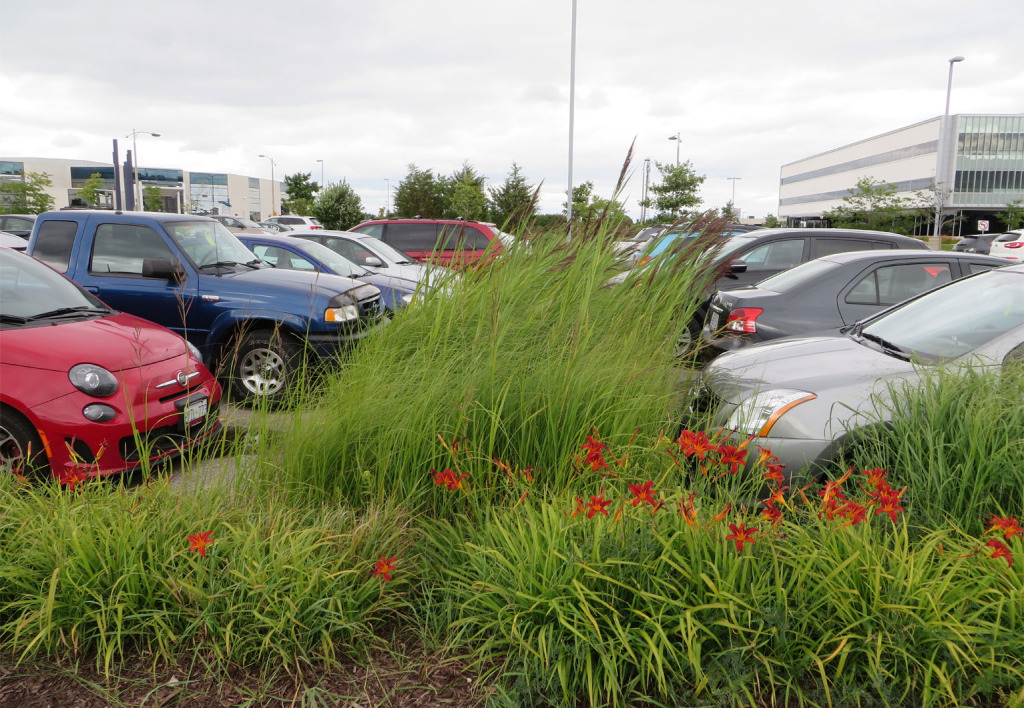A new Insurance Bureau of Canada (IBC) report urges communities to consider green infrastructure to limit their flood risk. IBC collaborated with the Intact Centre on Climate Adaptation (Intact Centre) and the International Institute for Sustainable Development (IISD) in this latest insurance industry initiative to help communities address their economic risk associated with climate change.
“Nature conservation and climate resilience go hand in hand,” said Craig Stewart, vice-president, Federal Affairs, IBC. “This report emphasizes that coastal and inland flood risk can be reduced by conserving and restoring natural infrastructure, such as wetlands and coastal marshes, and that the return on investment of natural infrastructure can at times exceed that of built infrastructure, such as dams and dikes.”
From 2016, in response to consumer needs, the property and casualty insurance industry began offering homeowners products that cover overland flooding. However, this is the start of a decade-long transition as governments shift the financial risk of floods from taxpayers to homeowners and private insurers. Currently, for every dollar of losses borne by insurers in Canada, three to four dollars are absorbed by governments and home and business owners.

“Property and casualty insurance payouts from extreme weather have more than doubled every five to 10 years since the 1980s,” said Stewart. “Coastal and inland flood risk is rising across the country as a result of extreme weather events driven by climate change. Insurance companies are on the frontlines of helping Canadians cope with the impacts of the changing climate, paying out over $1.5 billion in the last 12 months alone.”
The natural infrastructure implementation framework profiled in the report provides an improved due-diligence process for the assessment and implementation of natural infrastructure projects. It consists of the following key components: watershed and climate risk assessment; materiality assessment; and feasibility assessment.
“Natural infrastructure, such as an inland or coastal wetland, is not mere decoration—it limits flood risk and the downstream discharge of pollutants, while at the same time supporting biodiversity,” said Dr. Blair Feltmate, head, Intact Centre on Climate Adaptation. “In response, every attempt should be made to retain and restore natural infrastructure today, if we are to avoid unconscionable economic, social and environmental losses tomorrow.”
The report also describes comprehensive assessments of the financial, environmental, and social costs and benefits—a Total Economic Value (TEV) assessment—as essential to compare and contrast natural infrastructure investments against traditional, engineered alternatives.
“Natural infrastructure can be more cost efficient than built infrastructure. This is critical because with climate change, more frequent and intense weather events are becoming the new normal and leading to escalating costs,” said Anne Hammill, director of the Resilience Program at IISD. “Natural infrastructure can offset millions in spending and offer multiple environmental and social benefits compared to traditional grey infrastructure systems.”
The full report, Combatting Canada’s Rising Flood Costs: Natural infrastructure is an underutilized option, can be found through the link. An infographic summarizing the findings is also available.









